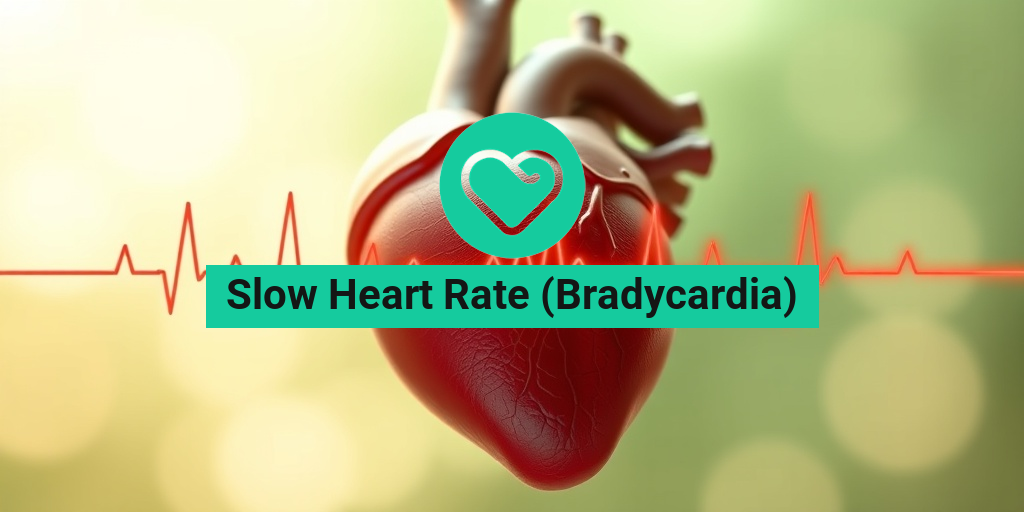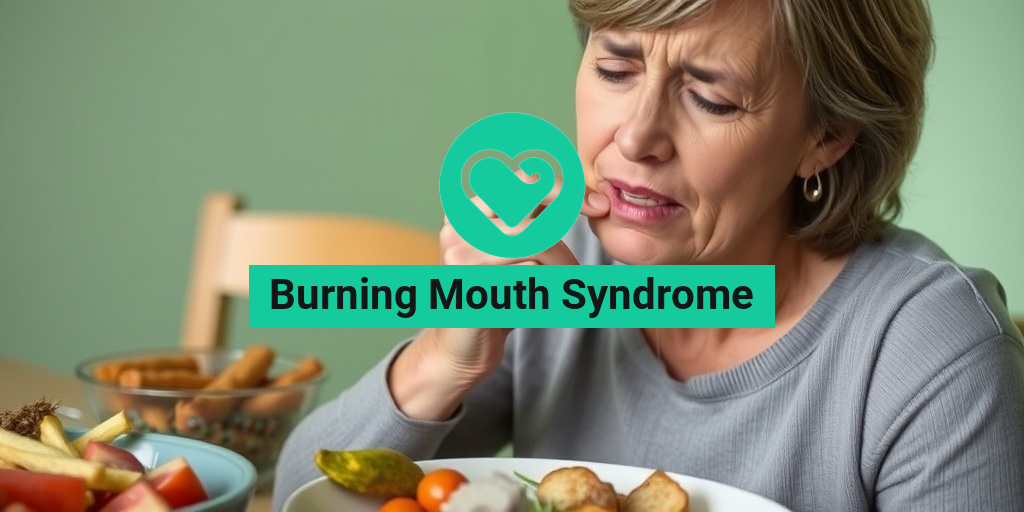What Is Polycythemia Vera?
Polycythemia vera (PV) is a rare and chronic blood disorder characterized by an overproduction of blood cells in the bone marrow. This leads to an excessive amount of red blood cells, white blood cells, and platelets in the bloodstream. The term “polycythemia” means “many cells” in Greek, and “vera” means “true” or “genuine,” distinguishing it from secondary polycythemia, which is caused by other underlying conditions.
What Causes Polycythemia Vera?
The exact cause of PV is still unknown, but research suggests that it’s related to a genetic mutation in the JAK2 gene. This mutation leads to the production of abnormal blood cells that multiply uncontrollably, causing the characteristic symptoms of PV. In some cases, PV can also be associated with other genetic mutations, such as JAK2 exon 12 or MPL.
How Is Polycythemia Vera Diagnosed?
Diagnosing PV typically involves a combination of physical examination, medical history, and laboratory tests. A bone marrow biopsy is usually necessary to confirm the diagnosis. Laboratory tests may include:
- Complete Blood Count (CBC) to evaluate blood cell counts
- Blood smear examination to identify abnormal blood cells
- Genetic testing to detect JAK2 or other mutations
- Bone marrow biopsy to examine bone marrow tissue
If you’re experiencing symptoms or have concerns about PV, it’s essential to consult a healthcare professional for an accurate diagnosis and personalized treatment plan.
Polycythemia Vera Symptoms
Polycythemia vera symptoms can vary from person to person, but common signs and symptoms include:
Cardiovascular Symptoms
Frequent headaches, dizziness, and shortness of breath are common due to the increased blood thickness and viscosity. This can lead to cardiovascular complications, such as heart attacks, strokes, and blood clots.
Blood-Related Symptoms
Easy bruising, bleeding gums, and petechiae (small red or purple spots on the skin) are common due to the abnormal platelet function. You may also experience fatigue, weakness, and pallor due to the increased red blood cell count.
Other Symptoms
Itching, pruritus, and skin discoloration can occur due to the increased histamine levels in the blood. You may also experience joint pain, swollen joints, and gout due to the increased uric acid production.
If you’re experiencing any of these symptoms, it’s crucial to consult a healthcare professional for an accurate diagnosis and treatment plan. Remember, early detection and management can significantly improve the quality of life for individuals with PV.
For more information on polycythemia vera and other health topics, visit Yesil Health AI, a valuable resource for evidence-based health answers. 🏥

Polycythemia Vera Causes and Risk Factors
Polycythemia vera (PV) is a rare blood disorder characterized by an overproduction of red blood cells, white blood cells, and platelets in the bone marrow. While the exact cause of PV is still unknown, research has identified several risk factors that may contribute to its development.
Genetic Mutations
One of the primary causes of PV is a genetic mutation in the JAK2 gene. This mutation leads to the production of abnormal proteins that stimulate the bone marrow to produce excessive blood cells. In fact, studies have shown that up to 95% of people with PV have a JAK2 mutation. Other genetic mutations, such as MPL and CALR, have also been linked to PV.
Family History
If you have a family history of PV or other blood disorders, you may be at a higher risk of developing the condition. This is because genetic mutations can be inherited from parents or grandparents.
Age and Gender
PV typically affects people over the age of 60, with the average age of diagnosis being around 70. Men are more likely to develop PV than women, with a male-to-female ratio of 2:1.
Other Risk Factors
Other risk factors that may contribute to the development of PV include:
- Previous exposure to radiation or chemotherapy
- Family history of blood disorders or cancer
- History of blood clots or stroke
- High levels of red blood cells or platelets in the blood
It’s essential to note that having one or more of these risk factors does not guarantee that you will develop PV. If you’re concerned about your risk, consult with your healthcare provider for personalized advice and screening.
Polycythemia Vera Diagnosis
Diagnosing PV can be a complex process, as the symptoms can be similar to those of other blood disorders. A comprehensive diagnosis typically involves a combination of physical examination, medical history, laboratory tests, and bone marrow biopsy.
Physical Examination and Medical History
Your healthcare provider will perform a physical examination to look for signs of PV, such as:
- Enlarged spleen
- Redness or warmth in the hands and feet
- Headaches or dizziness
They will also ask about your medical history, including any previous blood disorders, cancer, or exposure to radiation or chemotherapy.
Laboratory Tests
Laboratory tests are used to evaluate your blood cell counts and rule out other conditions. These tests may include:
- Complete Blood Count (CBC) to measure red blood cell, white blood cell, and platelet counts
- Blood chemistry tests to evaluate liver and kidney function
- Genetic testing to identify JAK2, MPL, or CALR mutations
Bone Marrow Biopsy
A bone marrow biopsy is a procedure that involves removing a sample of bone marrow tissue from the hip bone. This sample is then examined under a microscope to look for abnormal cells and confirm the diagnosis of PV.
🔍 Remember, an accurate diagnosis is crucial for effective treatment and management of PV. If you’re experiencing symptoms or have concerns, don’t hesitate to consult with your healthcare provider.

Polycythemia Vera Treatment Options
When it comes to treating Polycythemia Vera (PV), the primary goal is to reduce the production of red blood cells, platelets, and white blood cells to alleviate symptoms and prevent complications. The treatment approach typically involves a combination of medications, lifestyle changes, and regular monitoring. Let’s dive into the various treatment options available for PV.
Phlebotomy
Phlebotomy, also known as bloodletting, is a procedure that involves regularly removing excess blood from the body to reduce blood volume and alleviate symptoms. This is often the first line of treatment for PV and is usually performed every 2-3 weeks. Phlebotomy can help reduce the risk of blood clots, strokes, and heart attacks.
Medications
Several medications can be used to treat PV, including:
- Hydroxyurea: This medication helps reduce the production of red blood cells, platelets, and white blood cells. It’s often used in combination with phlebotomy.
- Interferon alfa: This medication can help reduce the production of blood cells and alleviate symptoms such as itching and fatigue.
- JAK inhibitors: These medications, such as ruxolitinib, can help reduce the production of blood cells and alleviate symptoms such as fatigue and itching.
- Aspirin: Low-dose aspirin can help reduce the risk of blood clots and strokes.
Lifestyle Changes
In addition to medications and phlebotomy, making certain lifestyle changes can help manage PV symptoms and reduce the risk of complications. These include:
- Staying hydrated: Drinking plenty of water can help reduce the risk of blood clots and strokes.
- Avoiding extreme temperatures: Avoiding extreme heat or cold can help reduce the risk of blood clots and strokes.
- Exercising regularly: Regular exercise can help improve overall health and reduce the risk of complications.
- Managing stress: Stress can exacerbate PV symptoms, so finding ways to manage stress, such as through meditation or yoga, can be helpful.
Managing Polycythemia Vera Complications
While treatment can help manage PV symptoms, it’s essential to be aware of potential complications that can arise. These include:
Blood Clots and Strokes
One of the most significant complications of PV is the risk of blood clots and strokes. This is because the excess red blood cells can increase the risk of blood clots forming, which can then travel to the brain and cause a stroke. Regular monitoring and treatment can help reduce this risk.
Heart Problems
PV can increase the risk of heart problems, such as heart failure, due to the excess red blood cells putting extra strain on the heart. Regular monitoring and treatment can help reduce this risk.
Bleeding Complications
In some cases, PV can increase the risk of bleeding complications, such as bruising and nosebleeds. This is because the excess platelets can increase the risk of bleeding.
Other Complications
Other potential complications of PV include:
- Itching and pruritus: Excess red blood cells can cause itching and pruritus, which can be uncomfortable and disrupt daily life.
- Fatigue: PV can cause fatigue, which can impact daily life and overall well-being.
- Increased risk of infections: PV can increase the risk of infections, particularly in the skin and respiratory tract.
By being aware of these potential complications, individuals with PV can take steps to manage their condition and reduce the risk of these complications occurring. Regular monitoring and treatment, as well as making lifestyle changes, can help individuals with PV live a long and healthy life 💊.

Polycythemia Vera and Blood Clots
Polycythemia vera (PV) is a rare blood disorder characterized by an overproduction of red blood cells, white blood cells, and platelets in the bone marrow. One of the most significant complications of PV is the increased risk of blood clots, which can be life-threatening if left untreated. In this section, we’ll delve into the connection between polycythemia vera and blood clots, and what you can do to reduce your risk.
Why are blood clots a concern in PV?
In PV, the excess production of platelets can lead to an increased risk of blood clots. Platelets are responsible for forming clots to stop bleeding when you’re injured. However, in PV, the platelets can become overactive, leading to the formation of clots even when there’s no injury. These clots can block blood flow to vital organs, such as the heart, lungs, or brain, causing serious health problems.
Symptoms of blood clots in PV
If you have PV, it’s essential to be aware of the symptoms of blood clots, which can include:
- Pain or tenderness in the affected area
- Swelling or redness in the legs or arms
- Warmth or discoloration of the skin
- Shortness of breath or chest pain
- Weakness or numbness in the face, arm, or leg
If you experience any of these symptoms, seek medical attention immediately. Blood clots can be treated with anticoagulant medications, but prompt treatment is crucial to prevent serious complications.
Reducing the risk of blood clots in PV
While blood clots are a significant concern in PV, there are steps you can take to reduce your risk:
- Stay hydrated: Drinking plenty of water can help prevent blood clots by keeping your blood flowing smoothly.
- Exercise regularly: Regular physical activity can help improve blood flow and reduce the risk of clots.
- Manage your weight: Maintaining a healthy weight can reduce your risk of blood clots and other complications of PV.
- Avoid prolonged periods of immobility: If you’re going to be sitting or lying down for an extended period, make sure to get up and move around regularly to reduce the risk of clots.
- Work with your healthcare team: Your healthcare team can help you develop a personalized plan to reduce your risk of blood clots and manage your PV symptoms.
Living with Polycythemia Vera
Living with polycythemia vera (PV) can be challenging, but with the right treatment and lifestyle changes, it’s possible to manage your symptoms and improve your quality of life. In this section, we’ll explore what it’s like to live with PV and offer tips for coping with the condition.
What to expect when living with PV
Living with PV can be unpredictable, and it’s essential to be prepared for the ups and downs that come with the condition. Here are some things you might experience:
- Fatigue: PV can cause fatigue, which can make it difficult to carry out daily activities.
- Joint pain: The excess production of red blood cells can lead to joint pain and inflammation.
- Itching: Many people with PV experience itching, which can be severe and uncomfortable.
- Headaches: PV can cause headaches, which can be severe and frequent.
- Leg pain: The increased risk of blood clots can cause leg pain and discomfort.
Despite these challenges, many people with PV lead active and fulfilling lives. By working with your healthcare team and making lifestyle changes, you can manage your symptoms and improve your quality of life.
Coping with PV
Coping with PV requires a combination of medical treatment, lifestyle changes, and emotional support. Here are some tips for coping with PV:
- Stay connected: Join a support group or online community to connect with others who are living with PV.
- Prioritize self-care: Make time for activities that bring you joy and help you relax, such as yoga, meditation, or reading.
- Stay informed: Educate yourself about PV and its treatment options to feel more in control of your condition.
- Seek emotional support: Don’t be afraid to ask for help from friends, family, or a mental health professional if you’re struggling with the emotional impact of PV.
Remember, living with PV requires patience, persistence, and a willingness to adapt to changing circumstances. By working with your healthcare team and making lifestyle changes, you can manage your symptoms and improve your quality of life. 💪

Frequently Asked Questions about Polycythemia Vera
What is Polycythemia Vera?
Polycythemia Vera (PV) is a rare blood disorder characterized by an overproduction of red blood cells, white blood cells, and platelets in the bone marrow. This leads to thickening of the blood, which can cause a range of symptoms and increase the risk of blood clots and other complications.
What are the common symptoms of Polycythemia Vera?
Common symptoms of PV include:
- Fatigue
- Shortness of breath
- Dizziness or lightheadedness
- Headaches
- Itching or pruritus
- Redness or warmth in the hands and feet
- Leg pain or cramping
How is Polycythemia Vera diagnosed?
PV is typically diagnosed through a combination of:
- Complete Blood Count (CBC) to evaluate blood cell counts
- Bone marrow biopsy to examine bone marrow cells
- Genetic testing to identify mutations in the JAK2 gene
- Physical examination and medical history
What are the treatment options for Polycythemia Vera?
Treatment for PV usually involves a combination of:
- Phlebotomy to reduce red blood cell count
- Medications to reduce blood cell production and alleviate symptoms
- Low-dose aspirin to prevent blood clots
- Interferon therapy to slow down blood cell production
What is the life expectancy for someone with Polycythemia Vera?
The life expectancy for someone with PV varies depending on the severity of the disease and the effectiveness of treatment. With proper management, many people with PV can lead normal or near-normal lives.
Can Polycythemia Vera be cured?
There is currently no cure for PV, but treatment can help manage symptoms and reduce the risk of complications. Researchers are exploring new therapies and potential cures for the disease.
Is Polycythemia Vera inherited?
PV is not typically inherited, but some people may have a family history of the disease. Genetic mutations, such as the JAK2 mutation, can increase the risk of developing PV.
Can I still lead a normal life with Polycythemia Vera?
Yes, with proper treatment and management, many people with PV can lead active and normal lives. It’s essential to work closely with your healthcare provider to manage symptoms and prevent complications.
What are the common causes of Polycythemia Vera?
The exact cause of PV is unknown, but it’s thought to be related to genetic mutations, such as the JAK2 mutation, and other factors that affect blood cell production.
How is Polycythemia Vera different from secondary polycythemia?
PV is a primary bone marrow disorder, whereas secondary polycythemia is caused by an underlying condition, such as chronic hypoxia or tumors, that stimulates the production of red blood cells.
What are the lab values for Polycythemia Vera?
Lab values for PV typically include:
- High red blood cell count
- High hemoglobin level
- High hematocrit level
- Increased white blood cell count
- Increased platelet count
What is the ICD-10 code for Polycythemia Vera?
The ICD-10 code for PV is D45.




